Loud Vibrating Noise When Flushing Toilet [5 Causes & Solutions]
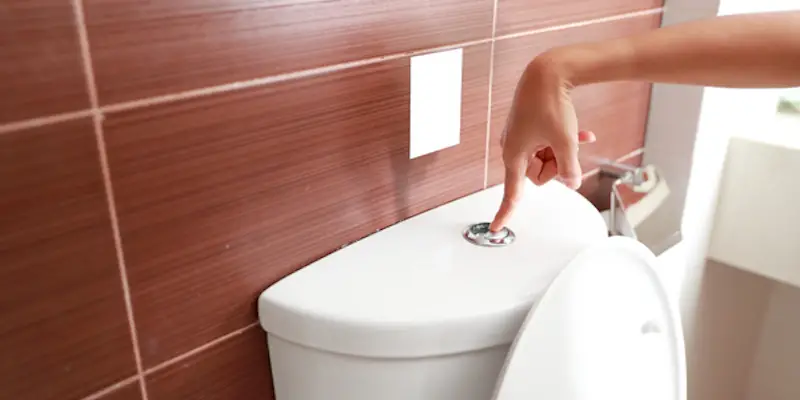
When it comes to essential appliances, few are as important to the modern home as the toilet. It can be alarming when they make unusual noises, especially loud thuds or rattles.
The good news is that toilets are a staple appliance in the home, which means diagnosing the issue is something any DIYer can do by themselves.
It also means most parts and pieces for fixing a toilet are cheap and easy to install. The first step is finding out where the noise is coming from so you know what parts you will need.
The first step in solving this issue is simply to identify where the issue is coming from. Toilets are part of a larger system that system is very straightforward.
Water from your water supply flows into the tank and then the tank releases that water into the bowl. The bowl drains into the sewage line, and that line carries the contents out to the main sewer or septic system.
Knowing these components, we can isolate the possible causes of noise and vibrations based on where you hear the sound.
The first suspect is the water supply itself. Inside of your walls or under the floorboards are pipes carrying hot and cold water to every fixture inside your home. One of these cold-water lines will run to a valve to which your toilet is connected.
The valve, or angle/straight stop, will tell you the general location of the water supply. If you do hear the noise coming from the pipes in that area there are a few likely causes: High Pressure, The Water Hammer Effect, or Loose Mounts.
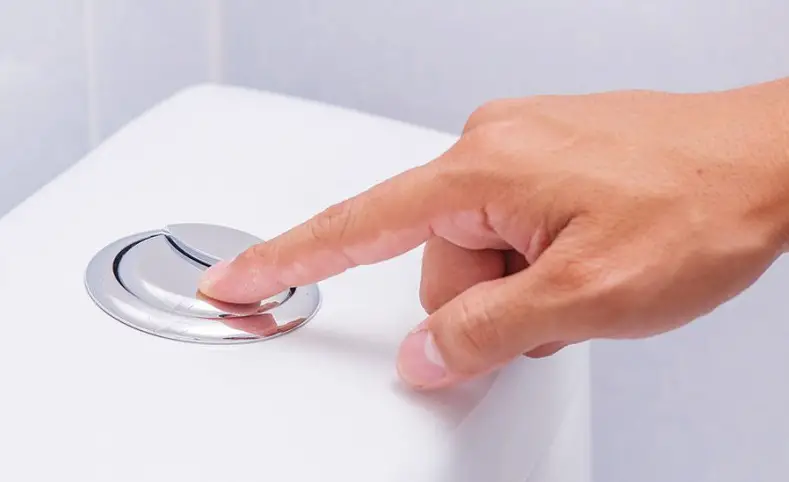
The average house should have water pressure that does not exceed 60psi. High water pressure will affect all major plumbing fixtures, so if other fixtures in the house make the same noise nearby this is probably the issue.
Water pressure gauges are inexpensive and available at most home improvement stores. Attach one to a hose bib and read the number. If it’s 80 or higher, you have found the issue.
If you have high water pressure you can buy and install a pressure regulator where the water comes into your house.
How and what kind will depend largely on the type of pipe. For many copper and iron application installations, it is as simple as shutting off the water, unscrewing the valve, and replacing it with a regulator valve.
The Water Hammer Effect is often the cause of strange plumbing noises, especially in older homes that still have cast-iron pipes. Whenever water is running and is suddenly cut off, it “hammers” the pipe causing a loud thud and vibrations as the pipe itself moves around from the force.
It can be a symptom of high water pressure but can also be caused by things like air trapped in the system or faulty valves.
The only thing that might make diagnoses difficult is the fact that a valve far away from the noise you hear may be the cause. Water trapped in a bend at the other end of the house might be causing a loud noise at the end of the pipe run as the entire system moves.
You can check if the toilet is the issue by turning off the water supply to the toilet and running other fixtures to see if the noise is still prevalent or not.
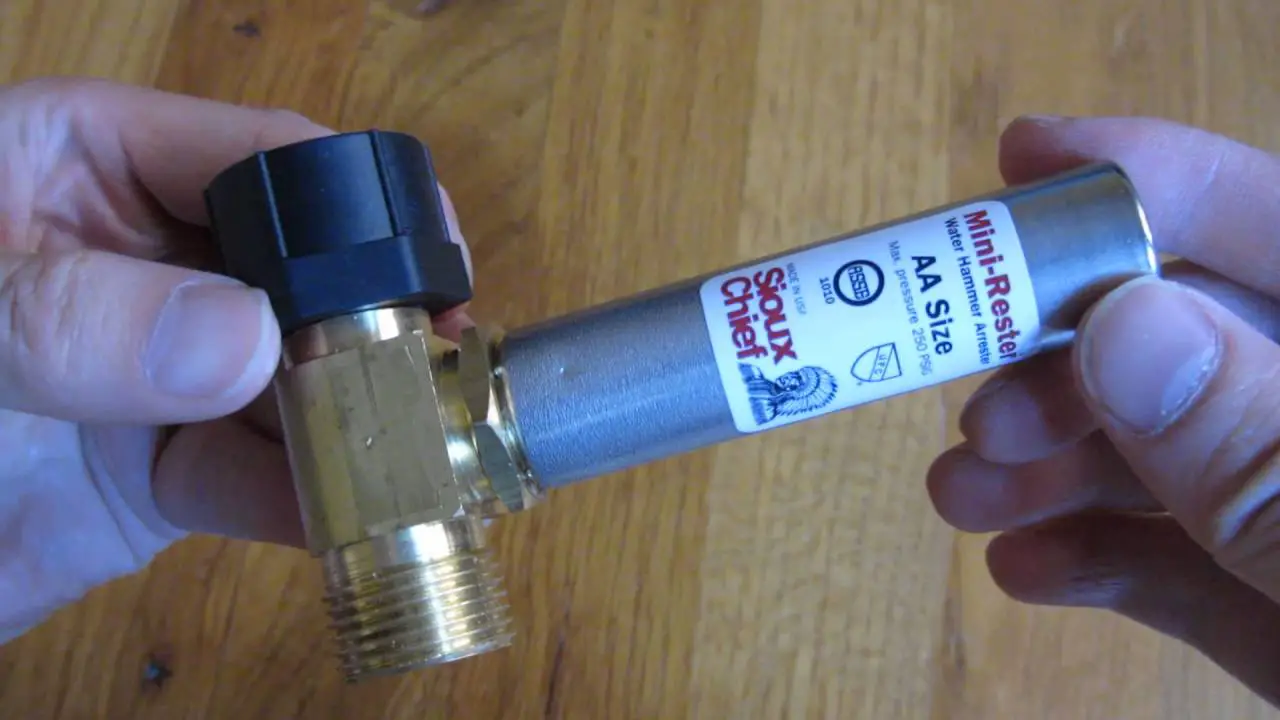
The first thing to try is a system purge. Since the cause can be something as simple as a stuck valve or trapped air, start with the most likely suspect and turn the water off. Run the fixture until the water is drained and then slowly turn on the valve.
The air that replaces the water after running the fixture dry will cushion the water and eliminate the hammer effect. Work your way backwards towards the main supply, closing the valve then draining the system, then re-opening the valve.
Always open valves slowly. A sudden increase in pressure can break weak fittings and that will cause a lot more problems.
If you reach the main water valve and the problem persists, you can install a water hammer arrestor. When the water would come to a sudden stop the arrestor instead absorbs the energy.
You should install them as close to the problem as you can. They have a variety of ways to be attached, from simple ones that you can screw onto the pipes, to sweat on variants that you will need to cut holes in your wall to install.
They are inexpensive and will save you a lot of trouble in the future since excessive water hammer will damage fittings as time goes on.
The pipes in your walls or under your floors are strapped in place to prevent them from moving. Over time these straps can weaken, and the pipe can begin to move around. We tend to think of water flowing through pipes as smooth, but it’s actually not.
Air bubbles and changes in direction make the water look more like river rapids than a calm stream. Those rapids can transfer their energy to the pipe and move it around in all sorts of ways.
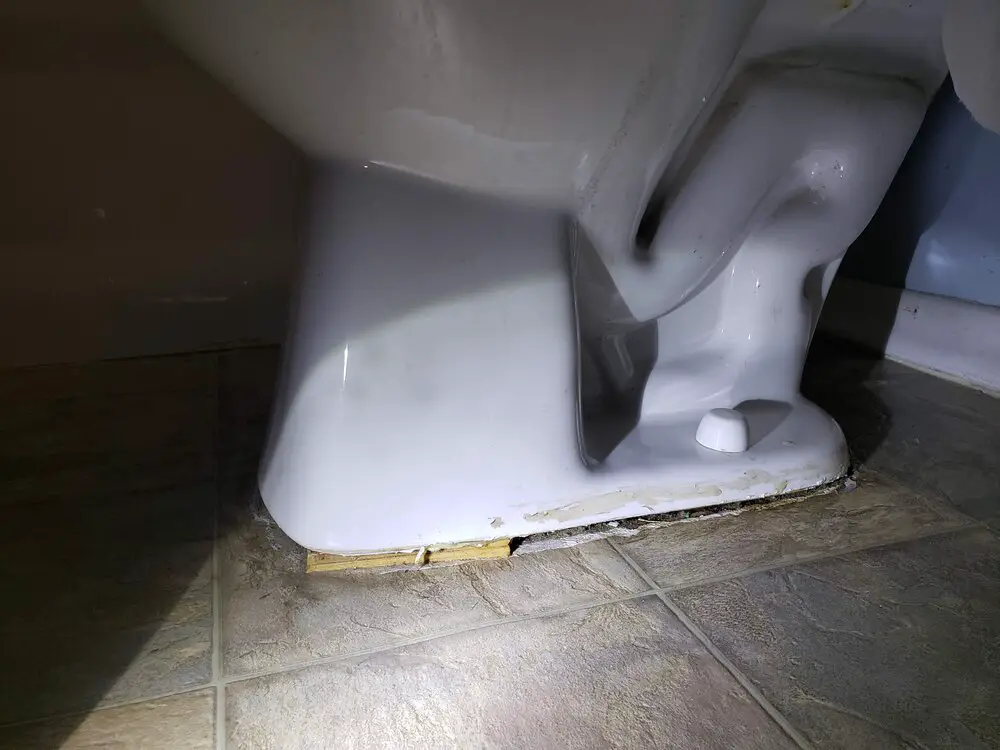
If the straps are loose, the pipe can bang into things, and that can eventually lead to fittings failing. You may have to cut holes in the walls or visually inspect the pipes under the floor in order to confirm this is the issue.
It is more likely in older houses that do not use PEX for plumbing. PEX and other plastic pipes can expand and move around freely without causing the noise.
The hardest part of solving loose pipes is finding the pipes in the wall or floor. After that, it’s simply a matter of buying straps or clamps that are the correct diameter and then screwing them into studs or joists.
It is easy to find the problem if the noise is coming from the tank. When the water comes from the source into the toilet tank it flows through a float valve and gets held in the tank using a flapper.
If parts of the valve assembly are failing, it can cause the same water hammer effect described previously. It can also cause a fluttering sound if the valve opens and closes rapidly due to a worn-out diaphragm.
If the flapper has a small leak it can cause the float valve to open and close over and over again, slower than the fluttering of a failing diaphragm, since the water will drain into the bowl and cause the level in the tank to drop and activate the valve.
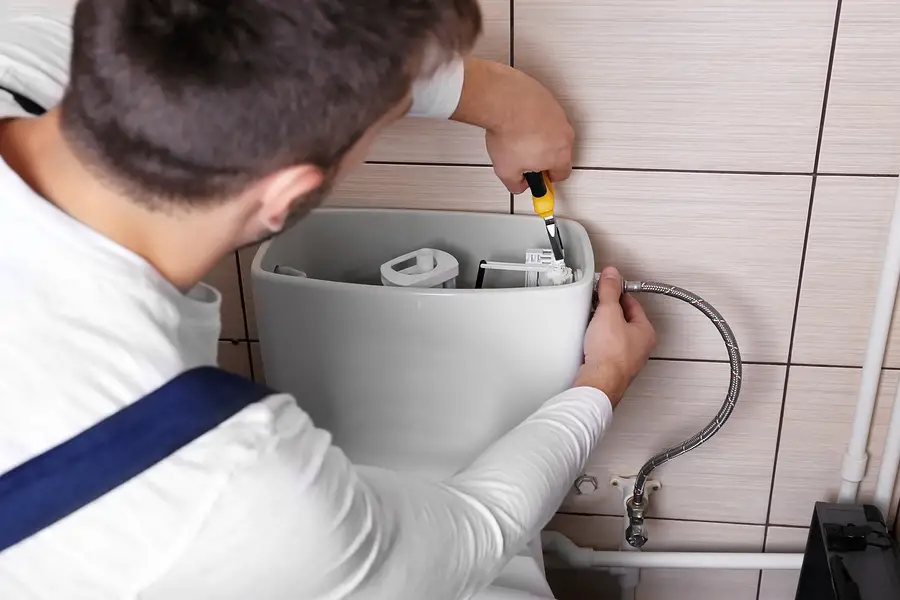
The entire toilet repair kit costs less than twenty dollars for most models and styles. It can be installed with nothing but a pair of channel locking pliers.
It is easier to replace everything at once too, since if one part is worn out it is very likely that the other parts are on their way out as well. Turn off the water at the stop and flush the toilet a few times to drain the tank.
Unscrew the fill valve from the water supply line. Then remove the nut holding it in place. Installation is the reverse. A grout sponge is a great tool for removing all the water from the tank before disconnecting the fill valve.
The final place that the noise can be coming from is also, unfortunately, the cause of the biggest headache. The only good news is that sewer issues are also quite rare. The pipes are large in diameter and never experience high pressures.
However, large volume and low pressure do not mean that they are immune to all issues. Worn out mounts or straps will still cause the sewer pipes to move around and bang into things. In some extreme circumstances, the same water hammer effect can be caused by trapped air or clogged junctions.
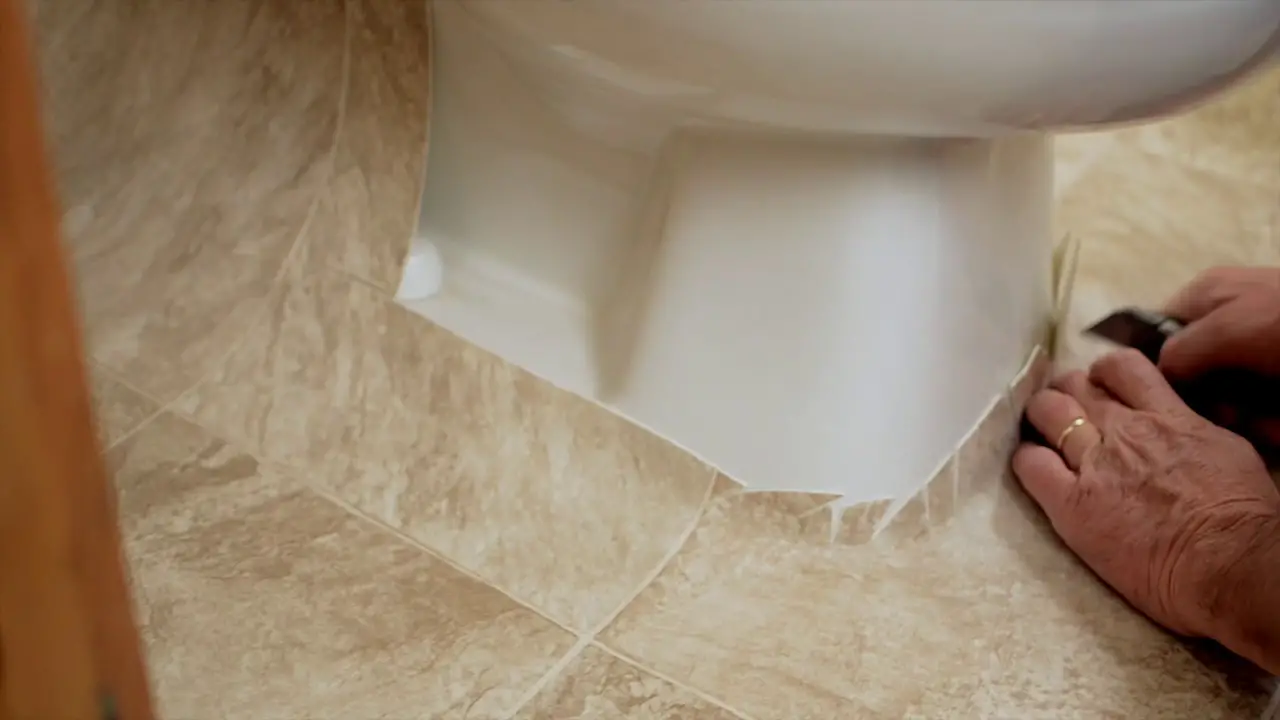
If you have a crawl space or basement and can physically inspect the sewage line you can check it for movement or look for damaged fittings. You can also open and visually inspect the cleanouts. If you have access to a snake you can attempt to clear out any clog in the line.
Most people do not have the specialized tools or knowledge to solve every issue. That is where a professional comes in.
It may cost a lot it will cost less than having to fix a much bigger problem due to poor repair or missed issues.
Consider calling a plumber if:
Strange noises are never a good thing when it comes to keeping your house maintained. Using the knowledge in this guide you are now equipped to deal with most of the strange noises a toilet can make.
Just remember to find out where the noise is coming from, always turn off valves before you take anything apart, and always turn valves on slowly to avoid damaging fixtures.